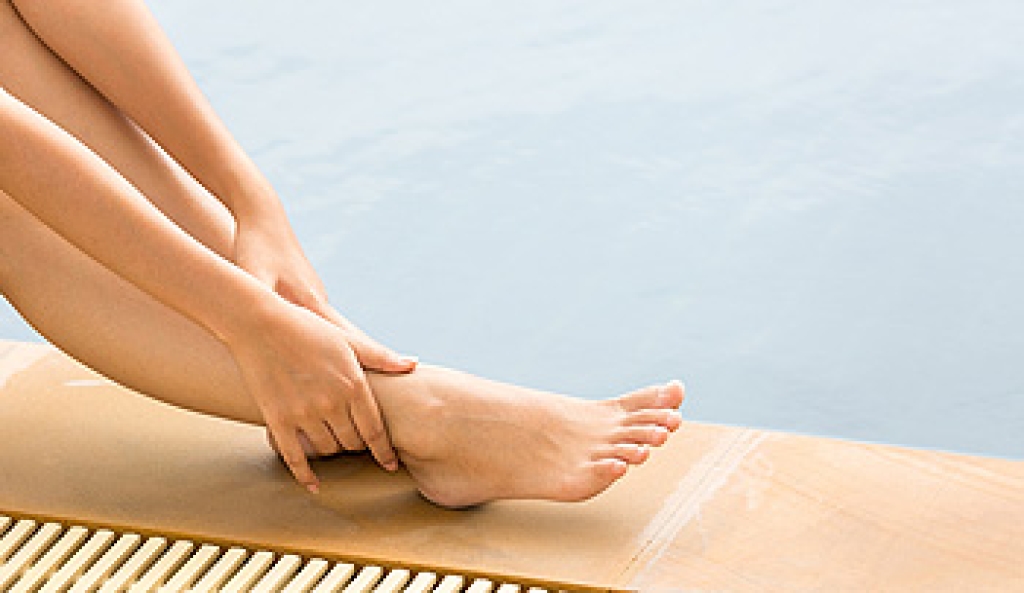Research has indicated that the Achilles tendon is a tendon that is frequently ruptured. It is located at the back of the ankle, and connects the calf muscles to the heel. Intense pain and discomfort is often felt if the Achilles tendon becomes injured or torn. This type of injury can occur as a result of participating in sporting activities which contract the calf muscles, which can include football and basketball. Additionally, it may happen from suddenly stepping off of a curb. The symptoms that many patients notice often consist of swelling, severe pain in the back of the leg, and it may be difficult to walk. If the tendon is slightly ruptured, relief may be found when the leg is elevated, and a mild painkiller is taken. For more severe injuries, surgery may be a viable option to repair the tendon. If you feel you have endured an Achilles tendon injury, it is advised that you seek the counsel of a podiatrist.
Achilles tendon injuries need immediate attention to avoid future complications. If you have any concerns, contact Dr. George Yarnell of Pennsylvania. Our doctor can provide the care you need to keep you pain-free and on your feet.
What Is the Achilles Tendon?
The Achilles tendon is a tendon that connects the lower leg muscles and calf to the heel of the foot. It is the strongest tendon in the human body and is essential for making movement possible. Because this tendon is such an integral part of the body, any injuries to it can create immense difficulties and should immediately be presented to a doctor.
What Are the Symptoms of an Achilles Tendon Injury?
There are various types of injuries that can affect the Achilles tendon. The two most common injuries are Achilles tendinitis and ruptures of the tendon.
Achilles Tendinitis Symptoms
- Inflammation
- Dull to severe pain
- Increased blood flow to the tendon
- Thickening of the tendon
Rupture Symptoms
- Extreme pain and swelling in the foot
- Total immobility
Treatment and Prevention
Achilles tendon injuries are diagnosed by a thorough physical evaluation, which can include an MRI. Treatment involves rest, physical therapy, and in some cases, surgery. However, various preventative measures can be taken to avoid these injuries, such as:
- Thorough stretching of the tendon before and after exercise
- Strengthening exercises like calf raises, squats, leg curls, leg extensions, leg raises, lunges, and leg presses
If you have any questions please feel free to contact our office located in Lansdowne, PA . We offer the newest diagnostic tools and technology to treat your foot and ankle needs.









